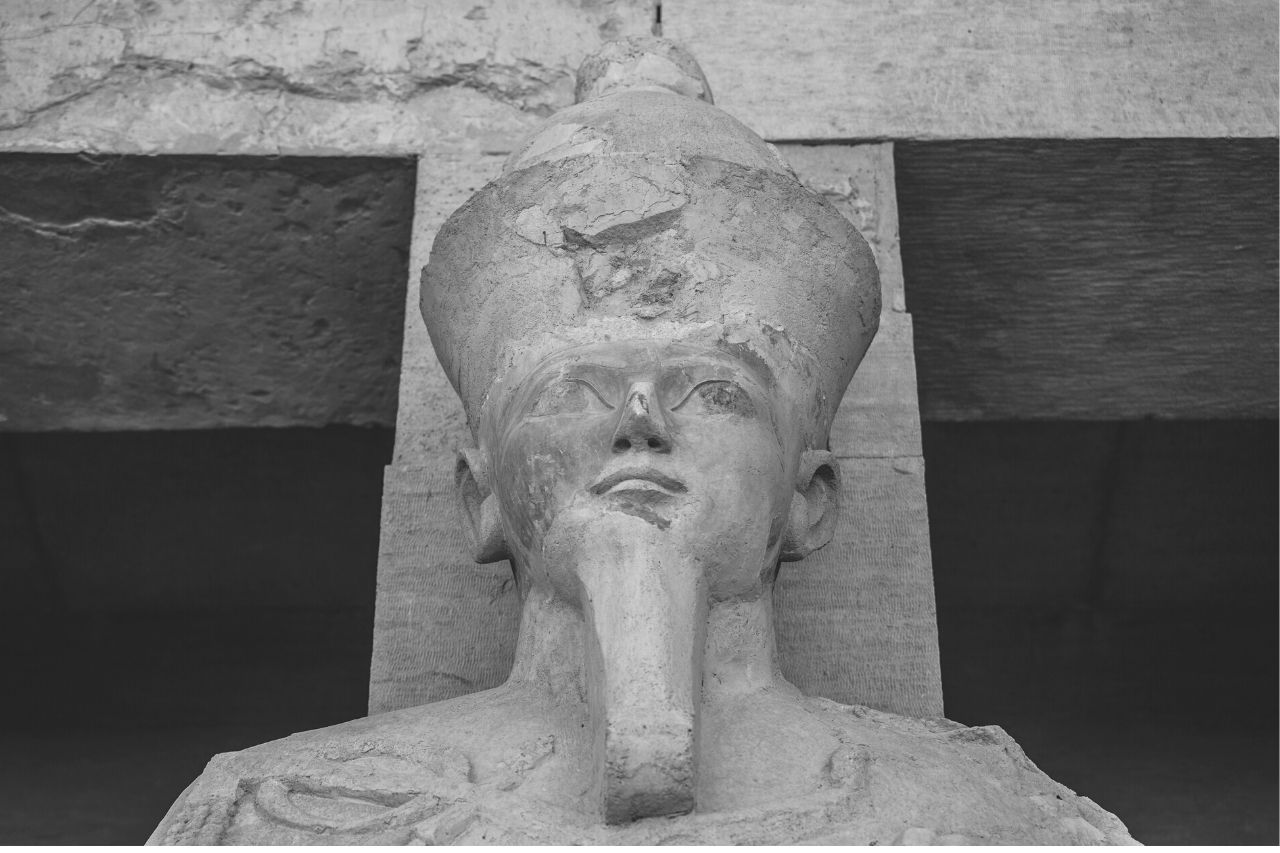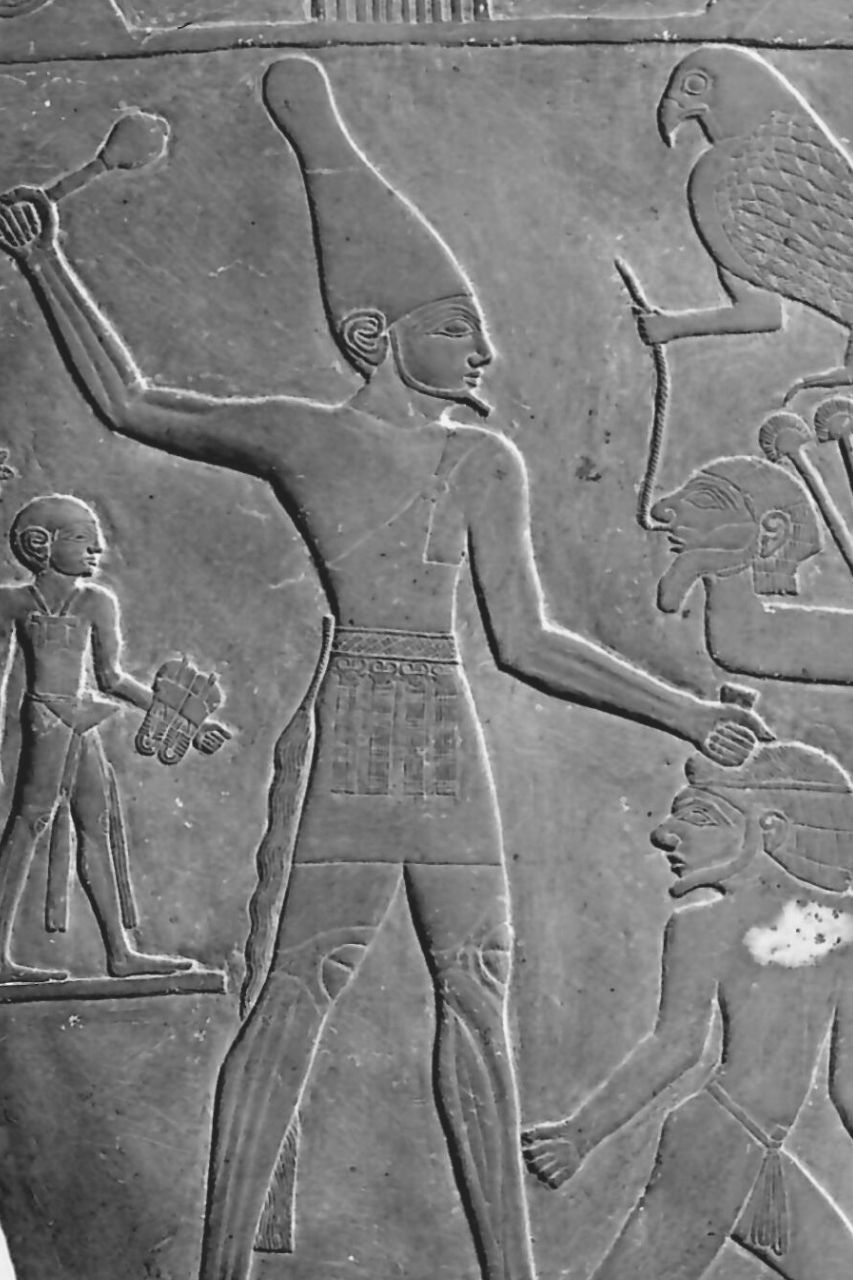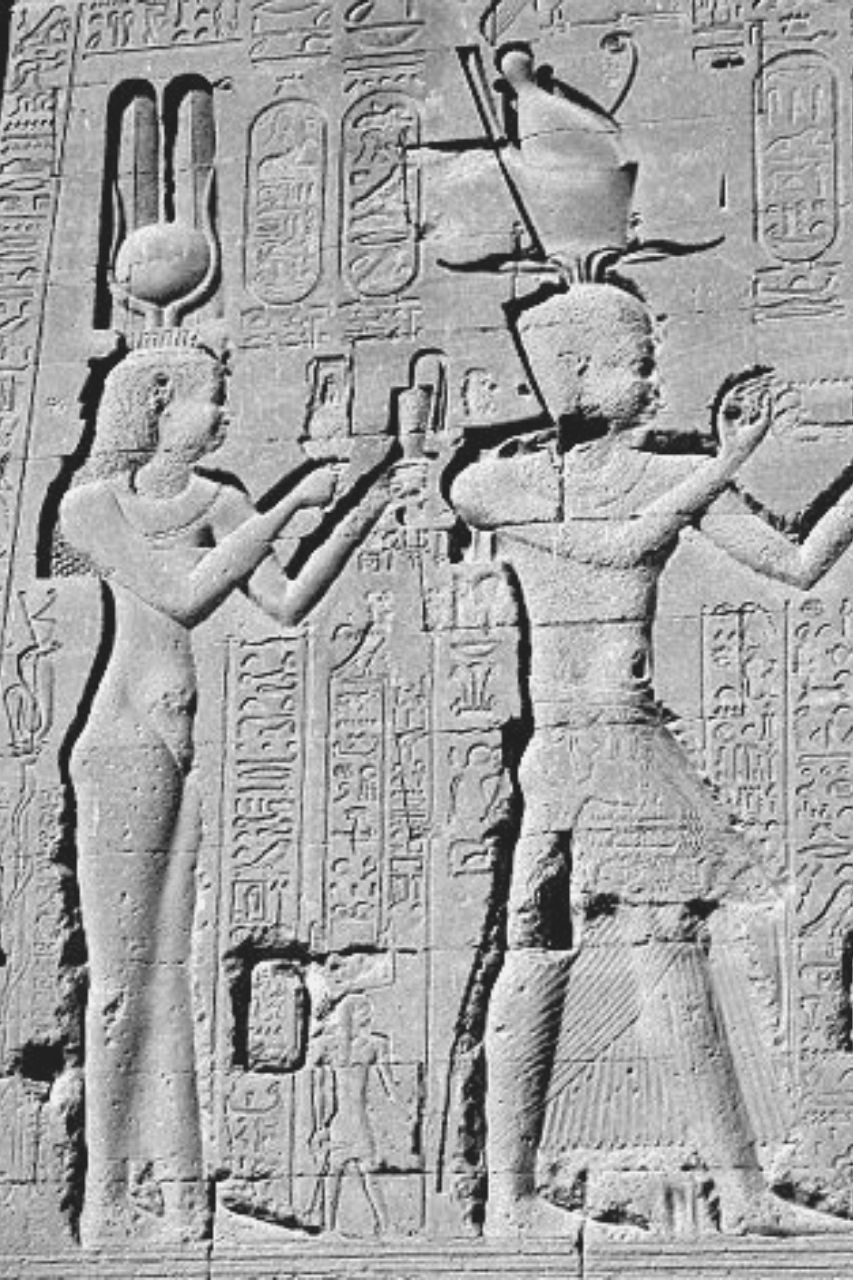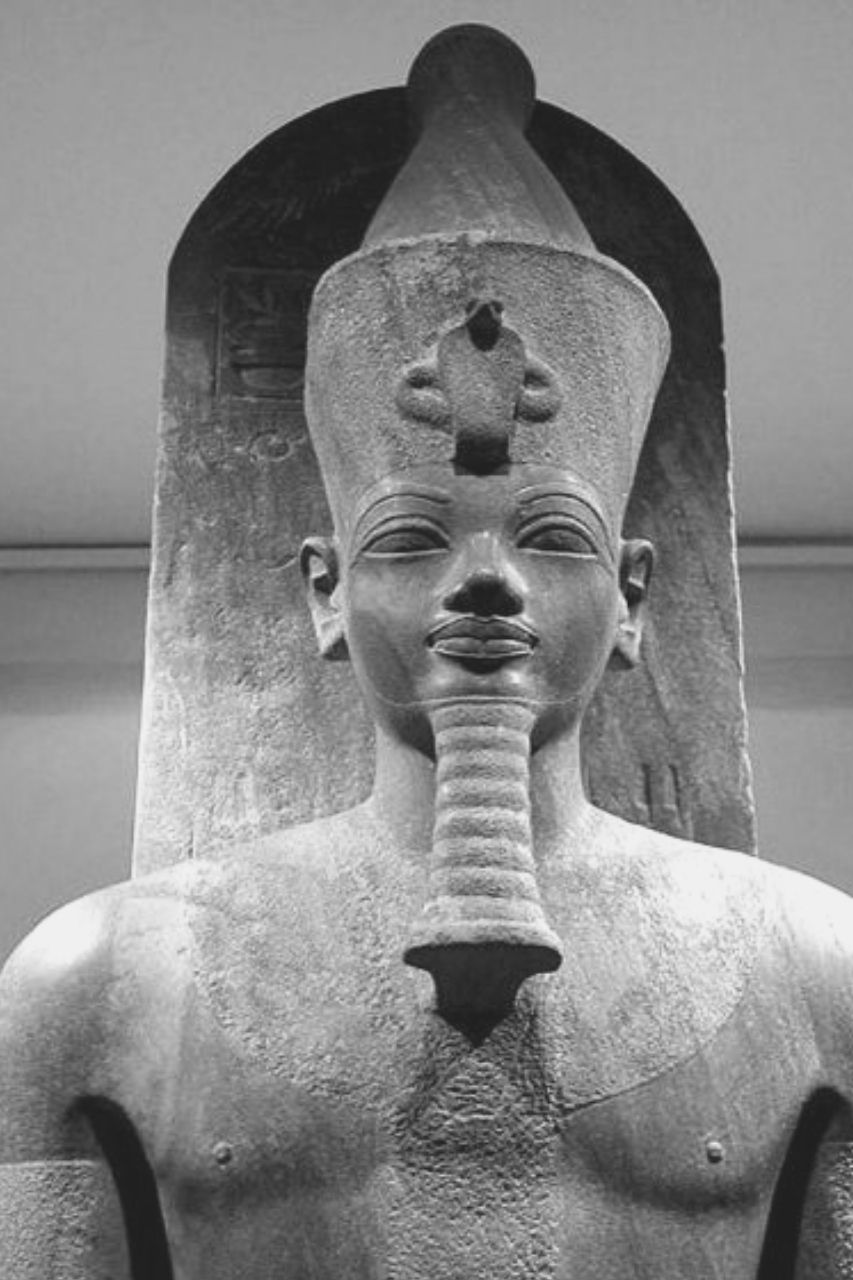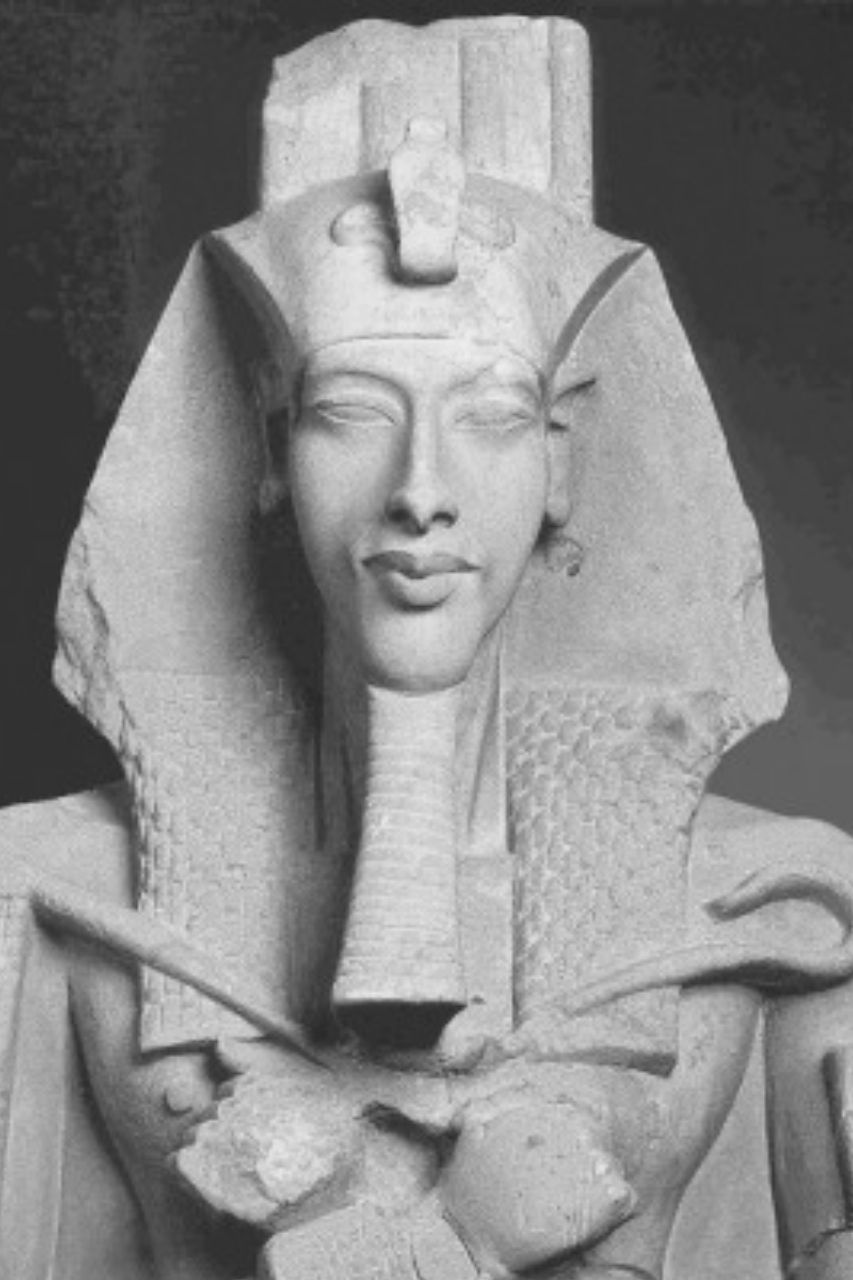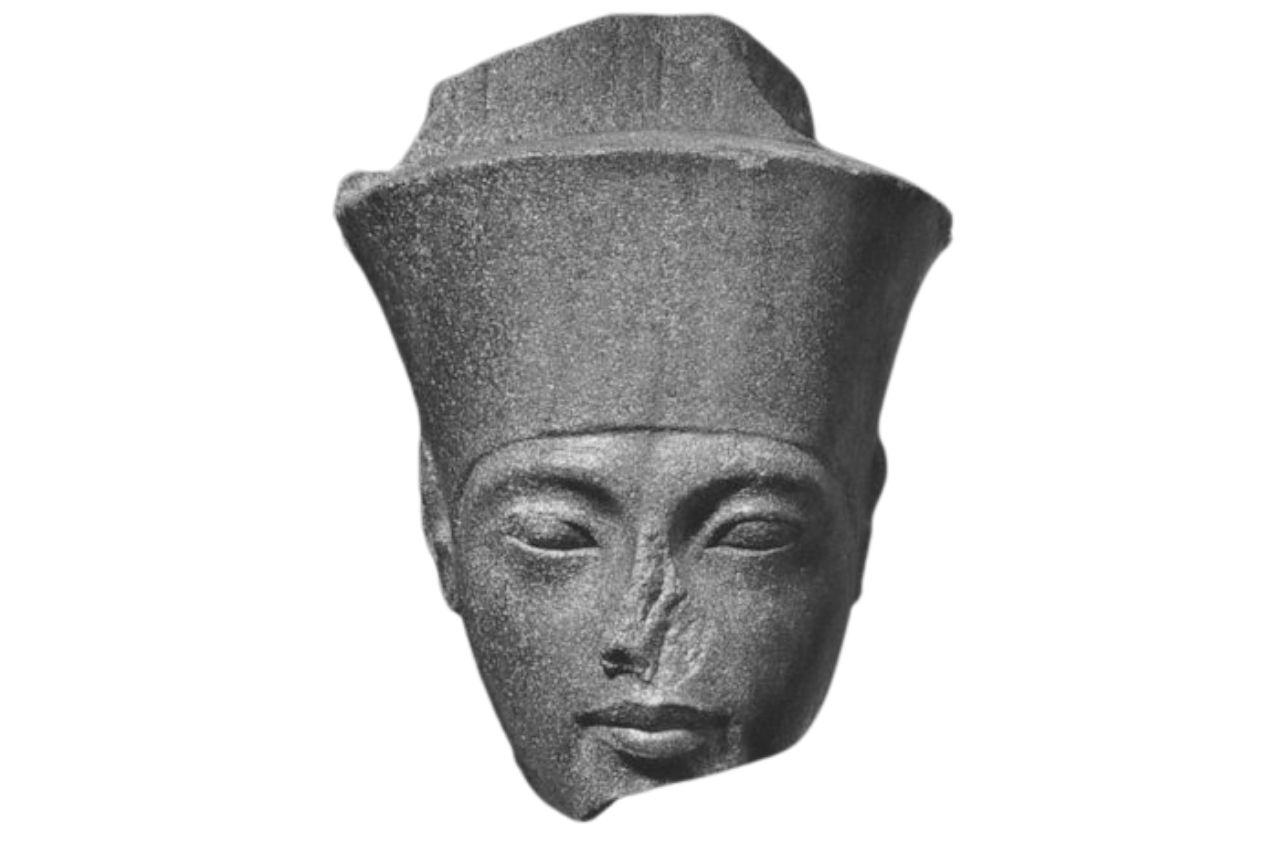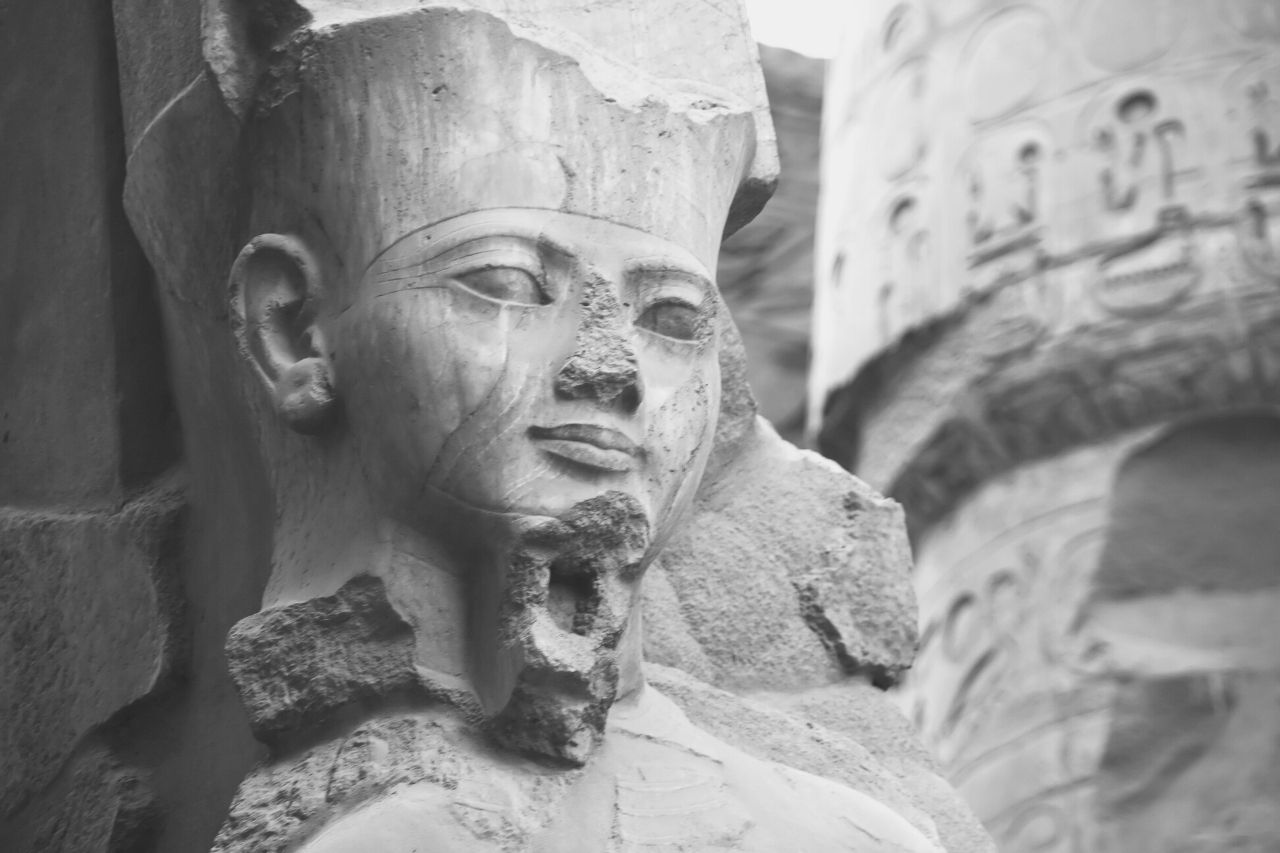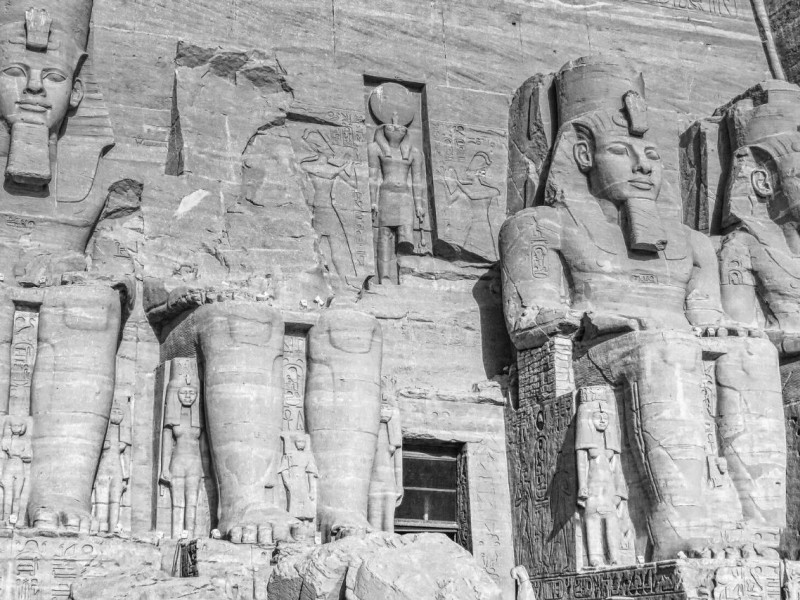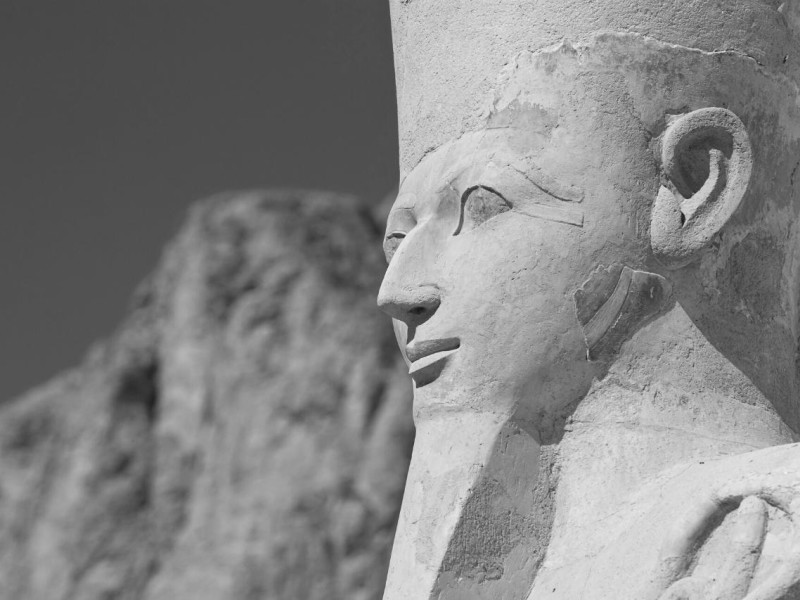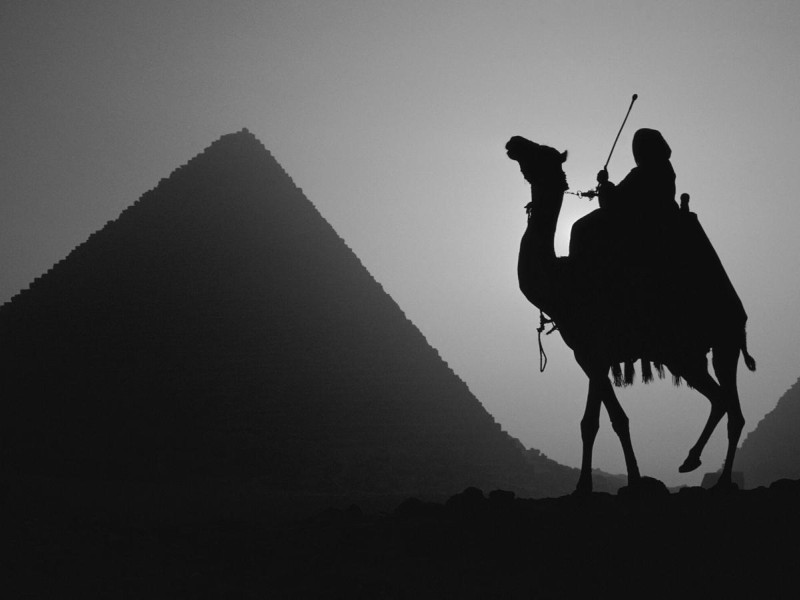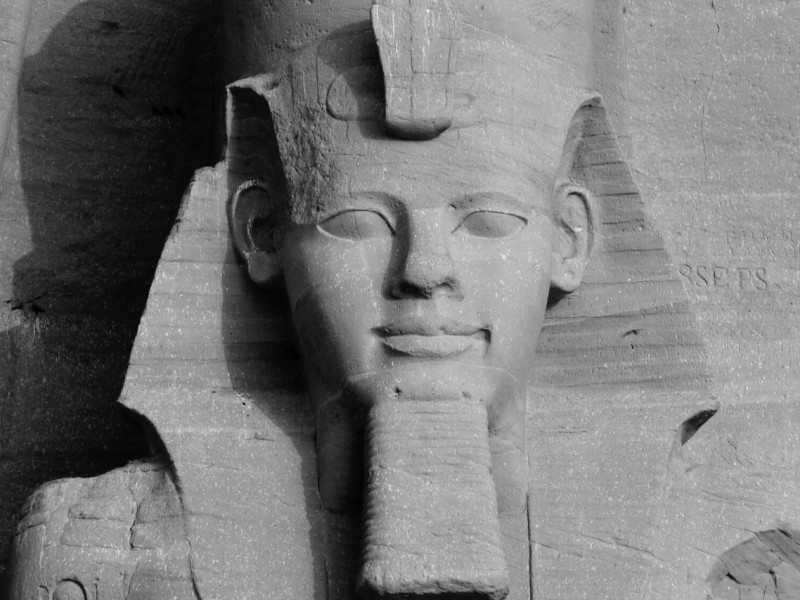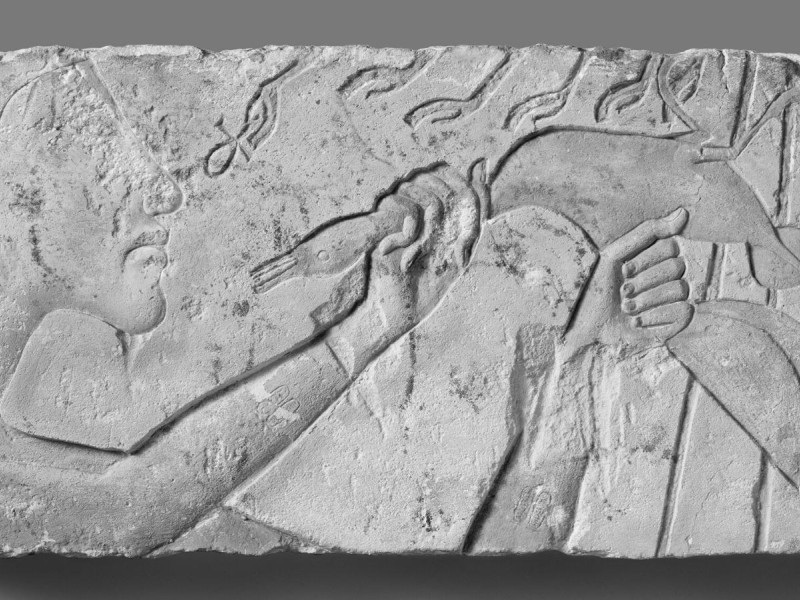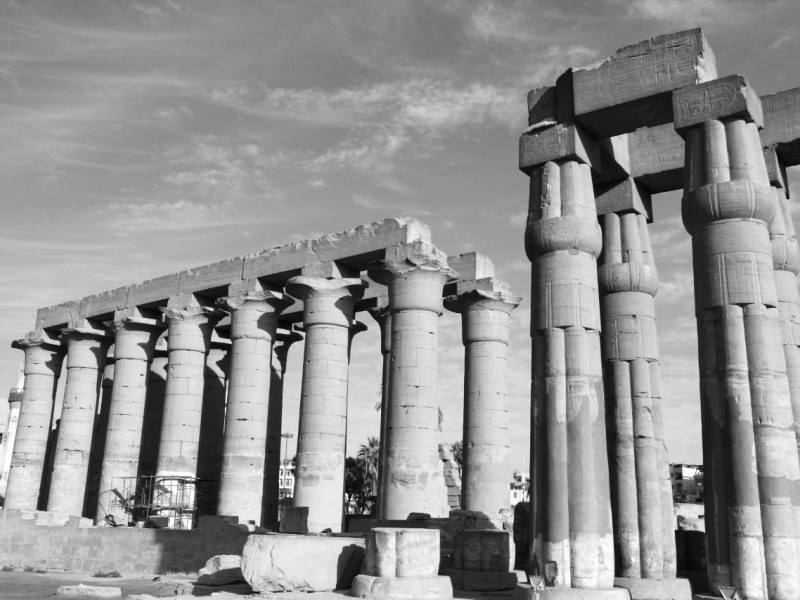Famous Pharaohs: The Legacy of Ancient Egyptian Rulers
Great nations are made by great rulers, and ancient Egypt was built by the wisdom and courage of famous pharaohs through their distinct approach to leadership and power.
With resilience and passion, those pharaohs devoted their lives for the sake of Egypt. You can’t measure the value of the pharaohs’ assiduity in running such a great nation as Egypt, and it is in fact one of the most enduring and fascinating legacies in the entire world. You have the chance to know them one by one and understand their sacrifices for the creation of a formidable nation.
Know the Legacy of Egyptian Pharaohs
Honored and loved by their people, much has been said about the pharaohs of Egypt. You will be privileged to meet astute leaders in the past and learn how they ran a glorious country that is regarded as the birth of civilization. Guided by their faith in their gods, the most powerful pharaohs demonstrated different skills in tackling the nation’s problems and building the economy for the people’s welfare.
Narmer (c 3273–2987 BC)
Let’s begin our journey by discovering the life of King Narmer or Menes (c 3273–2987 BC). Whether it was true or not, it’s widely accepted that Narmer was the first pharaoh who ruled united Egypt. He consolidated Upper and Lower Egypt into a single, unified country of Egypt. Hence, he was called the Lord of Two Lands.
Under his reign, religion flourished, and the people worshipped the god Horus or the hawk god because Narmer paid a close tribute to him.
His greatest accomplishment was the establishment of a united Egypt. You should also note that there was advancement in technology and the military under his regime. King Narmer also drove the people to gain economic power.
Djoser (2686–2649 BC)
As the second king of the Third Dynasty, he spearheaded the construction of significant stone buildings in ancient Egypt. Considered the greatest pharaoh of Egypt, King Djoser instituted marvelous technological advancement during his 19 years in power.
He led the people in propelling their innovative minds in the use of stone architecture. It was the focal point of his reign that paved the way for the advancement of life in ancient Egypt.
To guide the pharaoh, Imhotep was there on his side as the king maneuvered the works of his people. A trained architect and physician himself, Imhotep was an authority in construction and building designs. You should know that King Djoser succeeded his brother to the throne, and he was regarded as one of the most famous pharaohs in history.
He established a massive funerary complex in Saqqara, a region outside Memphis, the capital city. It was considered a state-of-the-art structure at that time because he did not use mud bricks with straw in building the monument. Instead, he incorporated the use of stone as the forerunner of advanced architectural design in Egypt.
Khufu (2589–2566 BC)
You are now traveling back in time and meeting great leaders in history. It is such a privilege to recount the lives of these men and discover their immense contribution to mankind. King Khufu is notable for the grand building of the Great Pyramid of Giza because it is named as one of the seven wonders of the ancient world.
Fortunately, this pyramid complex with a colossal sphinx is still standing up to now. Such a structure is a milestone in the field of engineering, and you need to compliment Khufu, the first pharaoh to design and construct a pyramid in Giza, for his ingenuity.
King Khufu, or Cheops in Greek, is recognized as the second king of the Fourth Dynasty of Egypt. However, as documented by Herodotus, a Greek historian and the Father of History, King Khufu’s reign was characterized by persecution and distress. You can probably tell that some pharaohs also had dark moments in their lives, but they were documented to remind us that they’re simply humans.
This revelation was contradicted by King Khufu’s image as a wise king. Despite the limited information about him, we know that King Khufu was the son of King Snefru and Queen Hetepheres. You might have heard that King Khufu was married four times. His queen consorts were Merityetes, second was an unknown queen, Henutsen, and Nefert-kau. He had two sons, Redjedef and Khafre, who became the next pharaoh after his reign.
His pyramid symbolizes perfection and precision in height, length, and area. Commanding accuracy and honor, the pyramid of Giza serves a monumental role in man’s architectural prowess. Egypt in the past and now cannot be forgotten for its pyramids and sphinxes.
Hatshepsut (1478–1458 BC)
Recognized for her innate intelligence and courage, Hatshepsut became a female pharaoh in 1478 BC. As the fifth pharaoh of the Eighteenth Dynasty of Egypt, she is the embodiment of a perfect ruler due to her education, religion, and bloodline because she’s the sister and wife of a king.
She was the only child and daughter of Thutmose I and Ahmose. She married Thutmose II and was gifted with a daughter named Neferure.
After the death of her husband, she took care of Thutmose III, who was the king’s son by Iset and was crowned king at a very young age of two, making her the co-regent to the throne.
As the most reliable pharaoh, she ruled with might, which led her to hold the throne for decades. Her 21 years as a female pharaoh helped the entire Egypt economically, and this paved the way to her invincible leadership.
She was in power, and her achievement included the establishment of temples, hieroglyphic texts, and her sanctuary in Karnak. Her most significant achievement was the establishment of trade between Egypt and Hyksos, as well as the funding to the mission to the Land of Punt. These undertakings showed her success in trade and commerce. In addition, she was a maker.
During her reign, she commissioned hundreds of engineering works to provide for the needs of the people from Upper Egypt to Lower Egypt. To honor gods and her ancestors, Hatshepsut restored temples, shrines, and obelisks, particularly some mortuary temples, including one for her.
Her tomb in the Valley of the Kings was a cutting edge in terms of design, area, and significance. With all her accomplishments, you can tell that Hatshepsut was a symbol of a woman’s breakthrough amid men’s power.
Thutmose III (1458–1425 BC)
Ancient Egypt leaders finally got a pharaoh who was fierce and ready to conquer. You should not miss King Thutmose as the most brilliant military strategist. He started his military campaign for the expansion of Egypt, and he didn’t fail.
He was able to gather 20,000 soldiers who were willing to hoist the flag of Egypt. Thutmose III initiated a total transformation of Egypt from a peace-loving country to a tenacious nation. Their loots were given to the poor people, and he made his name, the “Napoleon of Egypt.”
Due to his campaigns, Thutmose III was able to expand the empire. He was a valiant soldier. In a short time, he became the richest man in the world. His military prowess became known across the seas, and the people revered him as the greatest king ever.
Known as a bold soldier, Thutmose III even defied his senior advisers to pursue his enemies even in the mountains or in the seas, leading to the creation of the largest Egyptian empire.
For his monuments and obelisks, he built a sun god temple in Heliopolis. He was able to leave a mark in the hearts of the Egyptians that he was the rightful king to the throne due to his bravery, resilience, and compassion for his motherland.
Armed with great courage, Thutmose III flexed his endless power in neighboring cities, including Nubia, Kadesh, Syria, and Turkey, until he accumulated over 17 military campaigns and controlled Egypt’s kingdom.
With an abundant economy, signs of prosperity were everywhere in Egypt. He commanded the rebuilding and expansion of temples, such as the Temple of Amon and Karnak. He established new structures and obelisks, marking his fame as one of the important people in Egypt.
Cleopatra (69–30 BC)
Cleopatra was born in Egypt to Ptolemy XII, a Macedonian Greek general of Alexander the Great. She ruled Egypt at the age of 18 after the death of her father and as co-regent on behalf of her two siblings, Ptolemy VIII and Ptolemy IX, who were also her husbands, and her son, Caesarion.
She reigned for a total of three decades with supreme power, exotic beauty, and unfailing seduction. Highly educated, brilliant, talented, and courageous, Cleopatra ruled Egypt with her charismatic beauty and intelligence.
Although she’s not a real Egyptian, you can prove how she embraced the country as her own and led the New Kingdom with pride and sincerity. Cleopatra continued her invincible influence when she made a romantic relationship with Julius Caesar and then with Mark Antony.
The more you know about Cleopatra, the more you will realize her considerable influence on a man-controlled political world. You must also consider the fact that her vision was not personal but mostly patriotic for the sake of her beloved Egypt. Evidently, she pursued measures to protect the ancient government of Egypt under her reign.
She did not stay as a second fiddle to her brothers; instead, she took the courage to lead the kingdom with her wisdom. It is interesting to know that she refused to be considered an ordinary woman in a highly traditional culture. With all those men’s domination, you can understand her struggle to win the support of the people.
Nobody could have done it better than Cleopatra because she consolidated her strength to rule the empire. Her military and political will was superior and unrivaled during her time. You can tell that many people, even in the modern generation, can only see her romantic interest, but nobody thought that she used her relationships to build political dominance in her time. Her elegance, power, wisdom, and determination made her leadership authentic. No doubt, she’s regarded as one of the most famous pharaohs in history.
Amenhotep III (1388–1351 BC)
Also called Amenophis III, Amenhotep III, the Magnificent, ruled Egypt with might, which led to the making of a prosperous and peaceful kingdom under his reign. He devoted his leadership to the expansion of his diplomatic relations and the massive construction of important landmarks in Egypt.
Amenhotep secured a strong leadership beyond what you could imagine. For example, in the fifth year of his reign, he led a military campaign against a region named Akuyata. He ensured that Egypt was safe under his regime.
He enjoyed hunting as part of the tradition of his family. Thus, you could probably understand the kind of pastime royals enjoyed during his time. His father, Thutmose IV, started this tradition, which was a much-awaited event in his time.
He got married to Tiye, a daughter of a nonroyal but an affluent landowner in Upper Egypt in his second year as king. She served the king with full devotion, which gave her the respect and honor of being called the Great Royal Wife and the mother of Akhenaton, the reforming king.
You should not forget that Amenhotep III was able to establish a strong leadership with unparalleled prosperity and artistic grandeur. As evidence of his international diplomatic ties, you will be amazed at his connections with the rulers of Assyria, Mitanni, Babylon, and more.
He refused the idea of giving one of his daughters in marriage to a Babylonian prince because it was a rule in Egypt that no royal daughter would ever be allowed to marry a foreign royal prince to avoid any conflict on the throne. It was thought that foreign royalties who would be connected with the king’s family could have a claim in power. You could infer that the protection of the entire empire should be deeply analyzed because relationships could pose a threat to the throne.
Overall, Amenhotep III was able to rule Egypt with a peaceful leadership and a magnificent artistic and international influence. He died in the 39th year of his term, and he was succeeded by his son, Amenhotep IV, who changed his name to Akhenaten later on.
Akhenaten (1351–1334 BC)
The death of Amenhotep III led to the inauguration of his son, Amenhotep IV, who preferred to be called Akhenaten. He made a name in the history of Egypt for his reluctance to follow the religious tradition of polytheism.
Instead, he propagated Atenism or worship of Aten, which was not embraced by the people. You can tell that the early Egyptians made their decisions according to their will and not by the influence of others, even in the Old Kingdom.
Atenism fully abandoned the practice of worship of various gods. It introduced one faith or monotheism. It did not sit well for the people, such that it lasted for only approximately 20 years. Right after the death of Akhenaten, the people returned to their former religion and even dismantled statues and monuments of Akhenaten.
Worse, they excluded his name from the official list of ancient Egyptian pharaohs. You can now understand that occupying the throne was not a guarantee of people’s support. Some great leaders stayed and were loved by the people, whereas some were regarded as enemies of the throne, including Akhenaten. His reign was short-lived, possibly because the people were not yet ready for a total reformation, particularly in terms of religious influence.
Many years later, the discovery of Akhenaten’s tomb has given scholars the reason to believe that Akhenaten was not a rebel royal. They described him as mysterious, idealist, and incomprehensible. You could add that he was deemed as a heretic and insane.
Tutankhamun (1332–1323 BC)
Tutankhamun is also known as Tutankhamen or by his nickname King Tut. He is best known for the discovery of his tomb in the Valley of the Kings in 1922, where his mummy is still beautifully preserved.
You can see the advanced medical knowledge of the ancient Egyptians because they’re able to keep the corpse from decomposing.
King Tut focused his regime on restoring the traditional religion and art of the early Egyptians. He was believed to come from the lineage of Akhenaten when he married Ankhesenpaaton, the third daughter of Akhenaten from the Amarna Period in the Eighteenth Dynasty. It is important to let you know that he was too young when he ascended to the throne, which made Horemheb his chief adviser, together with Ay, an elderly official who kept his bond with the new royals.
New leadership. New orders. Tutankhamun decided to leave his dwellings in Tell el-Amarna and moved to Memphis, which was the capital of ancient Egypt and is now known as Cairo. He wanted to be called by his new name Tutankhamun. Another thing for you to recall about him is his ambitious order to restore the temples, images, towers, and privileges of the original gods.
He also wanted to bring back the glory of the sacred shrines of Amon. In other words, King Tut’s reign was a grand era of reconstruction, including the building of a palace in Karnak and a memorial temple in Thebes. He also instituted the monument of Tutankhamun, which was presented with images depicting the Opet Festival.
You could safely guess that King Tut was a builder, but his plans suddenly changed when he died in his 19th year. His unexpected demise puzzled the doctors in his time about the cause of the king’s death, and it gave confusion because he didn’t have an heir.
This made Ay his successor to the throne. He was buried in the Valley of Kings without much splendid ceremony, and his tomb was considerably humble for a king. Later, his name was erased from the list of royal members. His monuments were toppled by Horemheb, his former general who also became a king later on.
Ramses II (1279–1213 BC)
Ramses II, or Ramses the Great, was the third king of the Nineteenth Dynasty, and his reign was considered the second longest in Egyptian history. His regime appeared to be remarkably active, as proven by his military campaigns against the Hittites and Libyans.
You should also recognize his massive reformations and construction programs, particularly the building of his gigantic statues throughout the country.
Although he originated from a nonroyal family, his royal fate started from his father, Seti I, who fought against the leaders of Palestine and Syria, as well as his war against the Hittites. Seti I commissioned the prince as a regent, which allowed the prince to lead with his father. It was clever royal maneuvering because Ramses II was already accustomed to his duties when he finally became the king.
He built his house close to the Nile River. It was a beautiful palace with gardens and clean water. He called it Per Ramessu or the House of Ramses. He acquired enormous fortune during his reign. The people honored him for his magnificent contributions as a soldier, considering that his military prowess was excellent, giving him the title Ramses the Great. You should also note that the end of his reign gradually ended the glory of Egypt’s imperial legacy.
Conclusion
Egypt has been ruled by men and women of bravery, wisdom, and reliability. Their contributions to the country were priceless; thus, they deserve to be honored and respected. Egypt would not have been made the most invincible nation in the world without the contributions of these renowned pharaohs who sacrificed their lives to offer power and prestige to their beloved Egypt.
Kings were born to reign, and their indelible contributions to the country were recorded in the annals of Egyptian history. They drew their power from gods, such that temples in Thebes and throughout the country were built to worship their patrons.
With their great might and honor, pharaohs were given splendid recognition, even to their death. You are now welcome to unfold another milestone in the legacy of ancient Egyptian rulers.
